Cold cap treatment for some Saint John chemo patients reduces trauma of hair loss
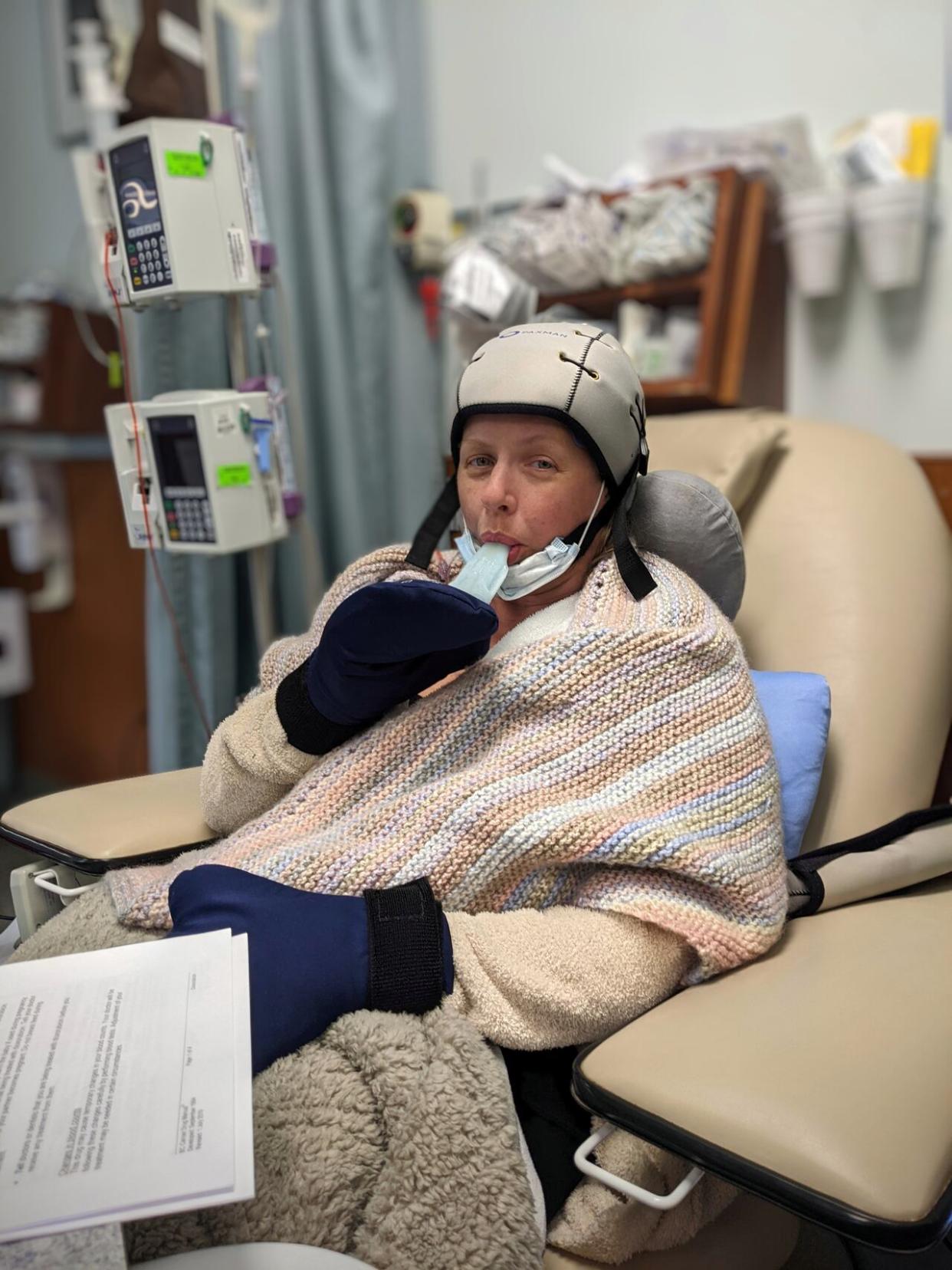
After 16 rounds of chemotherapy, Tammy Wegener still has a full head of hair.
That's because Quispamsis woman went through a process called cold capping, which reduces the likelihood of chemotherapy-induced hair loss by cooling the hair follicles.
Four of her treatments were a type of chemo nicknamed "the red devil" because of their harsh side effects and bright red colouring.
But still, Wegener maintained her thick, blond hair through it all.
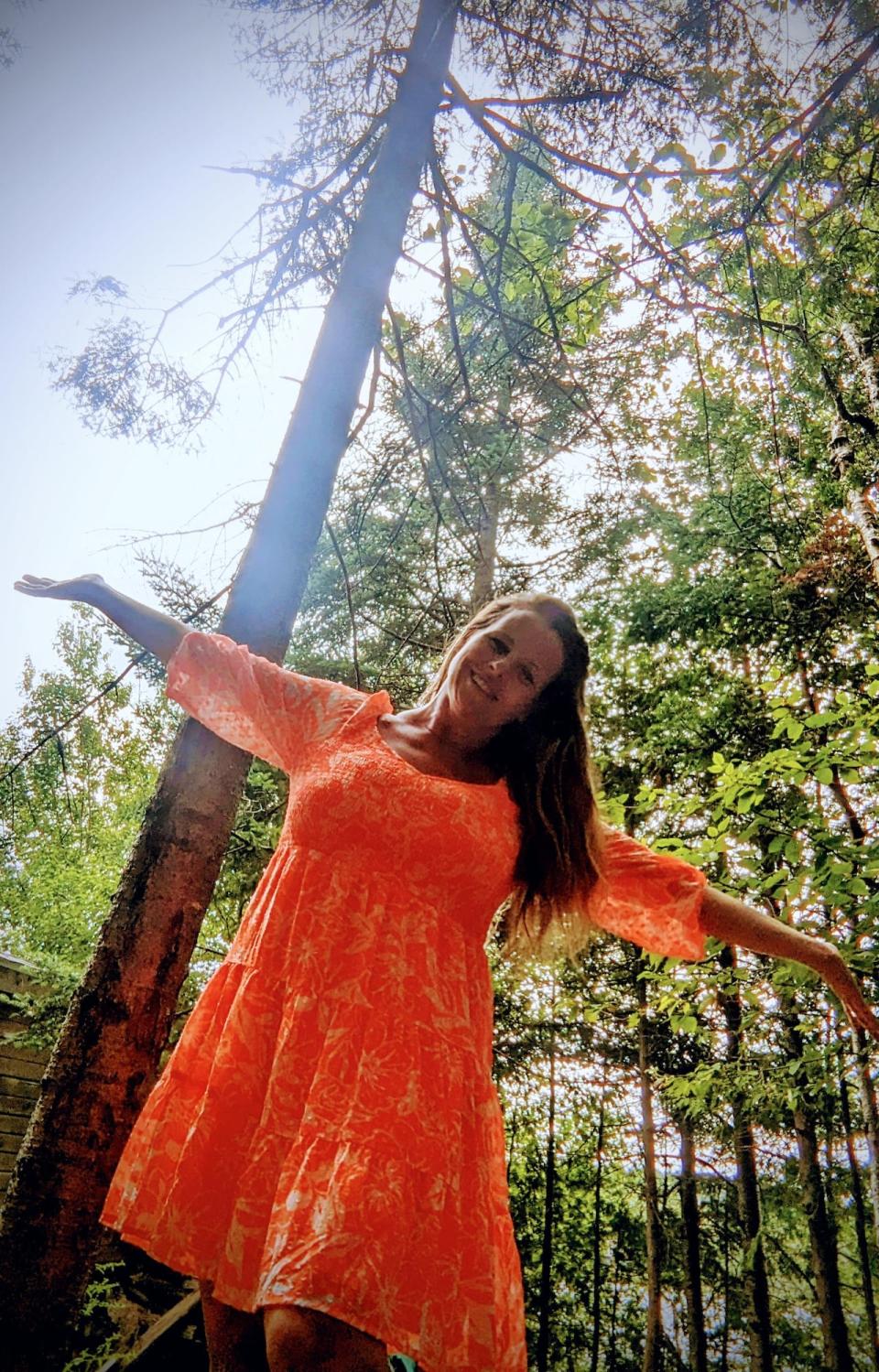
Tammy Wegener had two surgeries and went through many rounds of chemotherapy and radiation. On top of that, she added scalp cooling, which helped her keep her thick, blond hair. (Submitted by Tammy Wegener)
In December 2021, Wegener noticed a sore spot on her left breast during one of her monthly self-checks, something she started doing because her grandmother died of breast cancer.
When her diagnosis was confirmed a month later, Wegener was paired with a nurse navigator who suggested she would be a good candidate for cold capping.
"I've always liked having my long hair," she said. "And it's not just that ... I was thinking about my children and how they would feel going through all of this."
Wegener thought the healthier she looked, the easier the whole process would be on her family.
Dr. Nancy Nixon is a medical oncologist at the Tom Baker Cancer Centre in Calgary who treats breast cancer. She said that a lot of her patients who require chemotherapy will experience hair loss as a result of the treatment — a "significant quality of life issue."
"It does have, you know, psychosocial consequences, particularly for patients who are undergoing treatment and still in the workforce, or parents who are maybe trying to be more discreet about what they're going through," said Nixon.
She said cold capping has been a popular option among her patients.
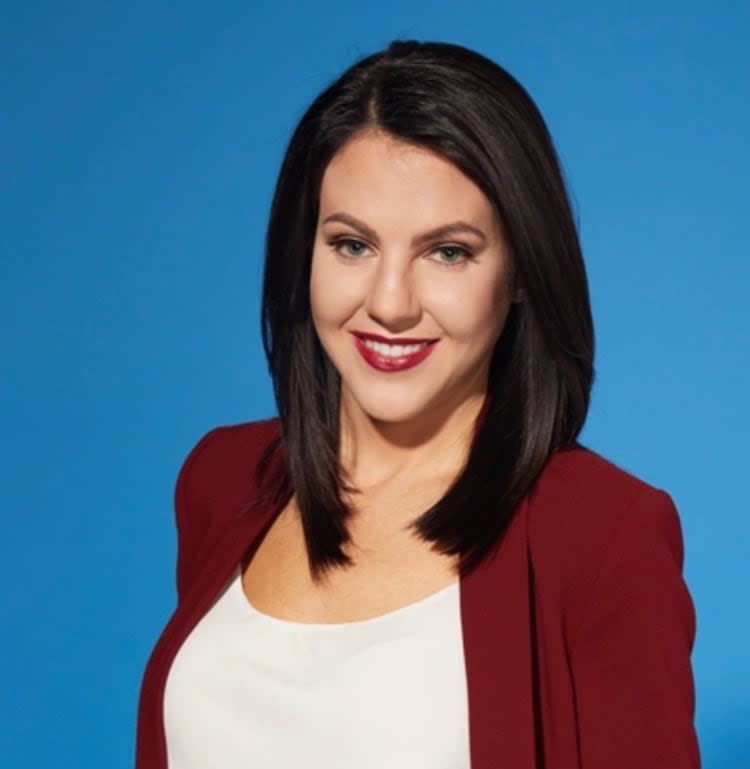
Dr. Nancy Nixon, a medical oncologist at the Tom Baker Cancer Centre in Calgary, said chemotherapy-induced hair loss is a 'significant quality of life issue' among patients. (Submitted by Dr. Nancy Nixon)
The way it works, she said, is the cap causes constriction of the blood vessels in the scalp and reduces the delivery of chemotherapy to the hair follicle.
Nixon said there are two main types of cold capping, manual and machine-cooling systems. She said the manual one is most commonly used in Canada and the equipment is often rented by patients.
Cold caps are worn for the entire duration of a chemotherapy treatment, as well as for a specified amount of time before and after.
According to the Canadian Cancer Society, with machine cold capping, the cap is worn tightly on the head and cold fluid is continuously circulated through the cap from a hose attached to a portable machine, lowering the temperature of the scalp to 3 C.
The treatment is not available to people with certain types of cancer, such as blood cancers and those being treated with certain types of chemotherapy.
It made a difference for my family and myself, just to keep things a little bit normal.- Tammy Wegener
While Nixon said those of her patients who have tried cold capping have been happy with the results, she said the challenge in Canada is that the procedure isn't publicly funded.
However for Wegener, the treatment was offered free of charge.
Two Saint Johners are the reason the city is one of the few places in Canada where cold capping is easily accessible, and free.
Mari O'Brien is a nurse at St. Joseph's Hospital and her husband, Dr. Ashley O'Brien, is an anesthesiologist at the Saint John Regional Hospital.
Like Wegener, Mari was diagnosed with breast cancer a few years ago. The day after her diagnosis, her husband started looking into cold capping.
Ashley learned that manual cold capping was an option, but was quite labour intensive and involved keeping caps in dry ice. They came to the conclusion this would not work because of how soon Mari would need to start chemotherapy.
But after some research, he found a company in Winnipeg that had a machine version of scalp cooling, where the cap goes onto the patient's head and is hooked up to refrigerant.
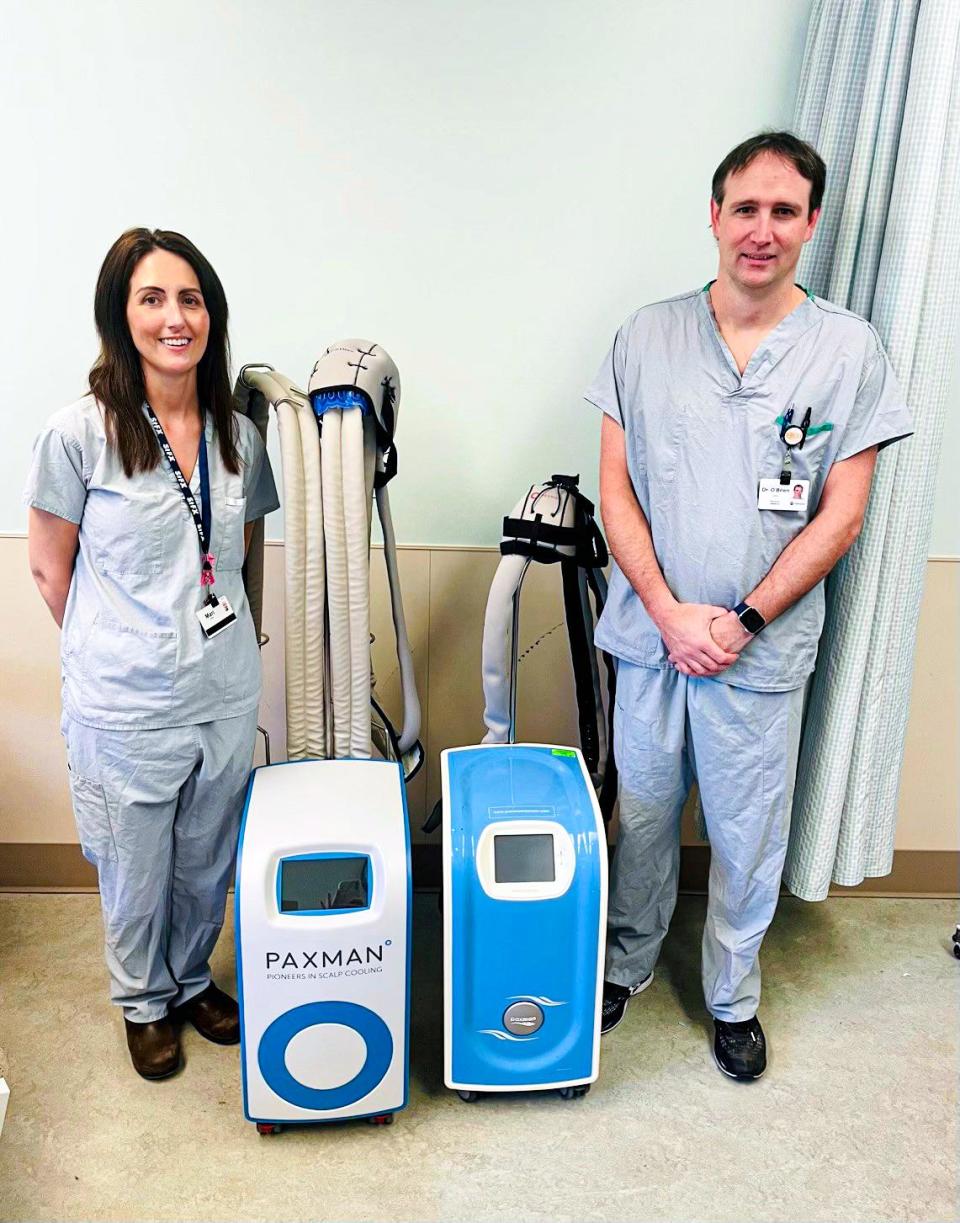
Mari O'Brien, left, and Ashley O'Brien donated a cold capping machine to the Saint John Regional Hospital, and soon after, made a request to the hospital foundation for another because of the demand. (Horizon Health Network)
"I called this company up, and this was in the throes of COVID, and it turned out that she had gone out of business.… She sort of offhandedly said, you know, 'I could sell you a second-hand machine,'" he said.
Ashley was quoted $10,000, which he felt was steep, but after talking to Mari, they decided that they could buy the machine, rent it out to other chemo patients until they earned their money back and then donate it to the hospital.
But when four of Ashley's good friends from medical school heard about Mari's diagnosis, they decided to split the cost of the machine as a gift.
For Mari, keeping her hair was important. Like Wegener, she said she didn't want her children to see her bald.
In the end, Mari said she's happy she did it, even though the first few minutes of having the cap on felt like a "very bad ice cream headache."
"I'm glad that I stuck with this. Because … when I looked in the mirror, I didn't feel sick or I didn't feel like a cancer patient," she said.
Because of this gift, after Mari finished her treatment, they were able to donate the machine to the Saint John Regional.
"It became obvious extremely quickly that supply was going to outstrip demand," said Ashley.
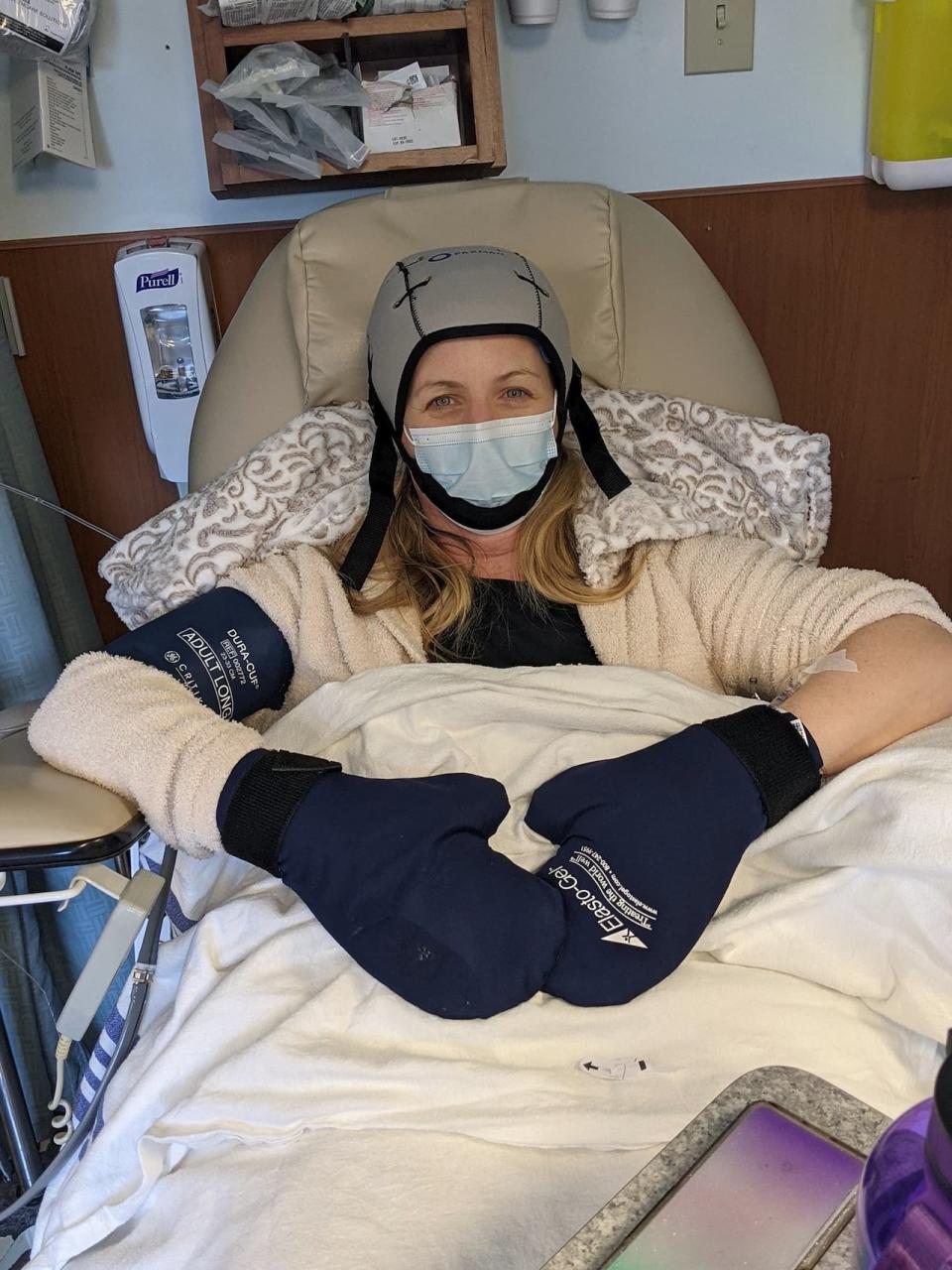
Wegener said she did notice some thinning despite the cap, but she said it doesn't work the same for everyone. (Submitted/Tammy Wegener)
They made an application to the hospital foundation for a new machine to be purchased, and since then, he said the program has taken off. The foundation was able to purchased a dual two-cap unit as well as a single-cap unit.
Wegener said she was grateful that the O'Briens' gift allowed her to do cold capping, and she thinks she would do it again if she had to.
"It made a difference for my family and myself, just to keep things a little bit normal. Just to feel like you have a little bit of control."


